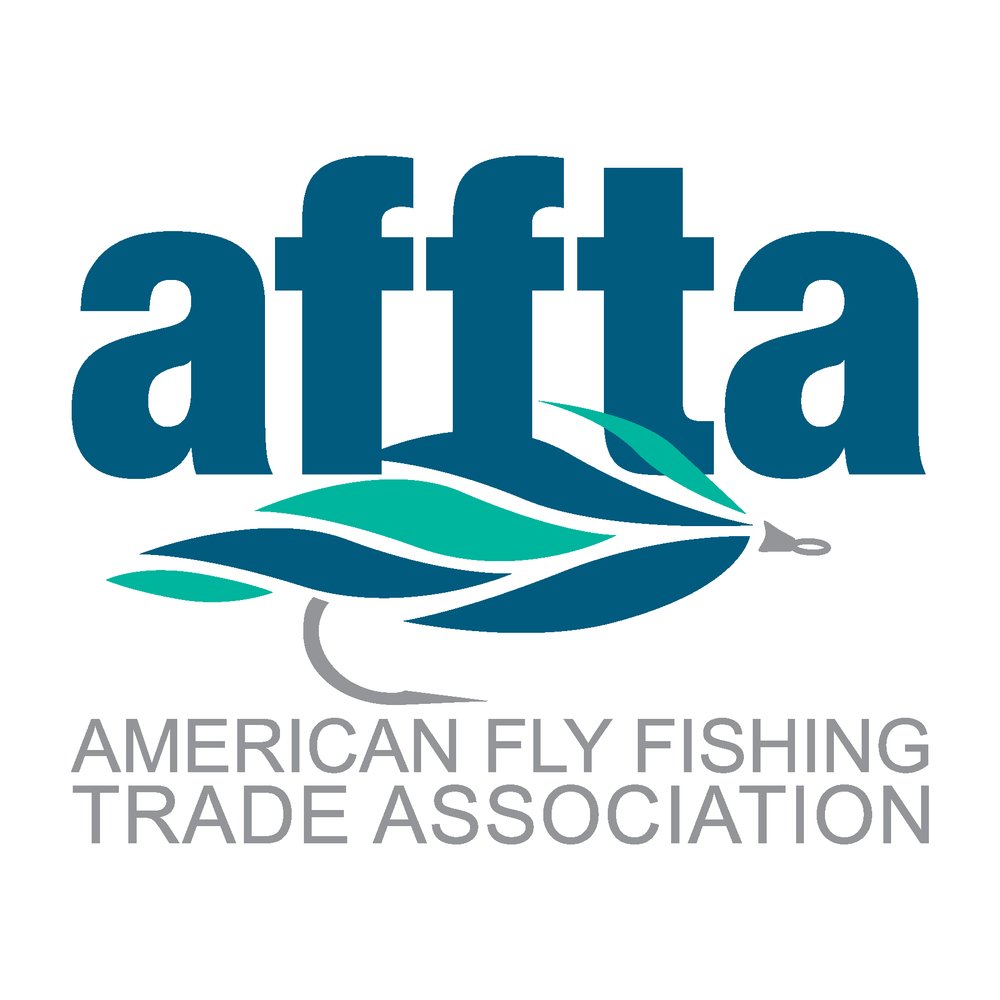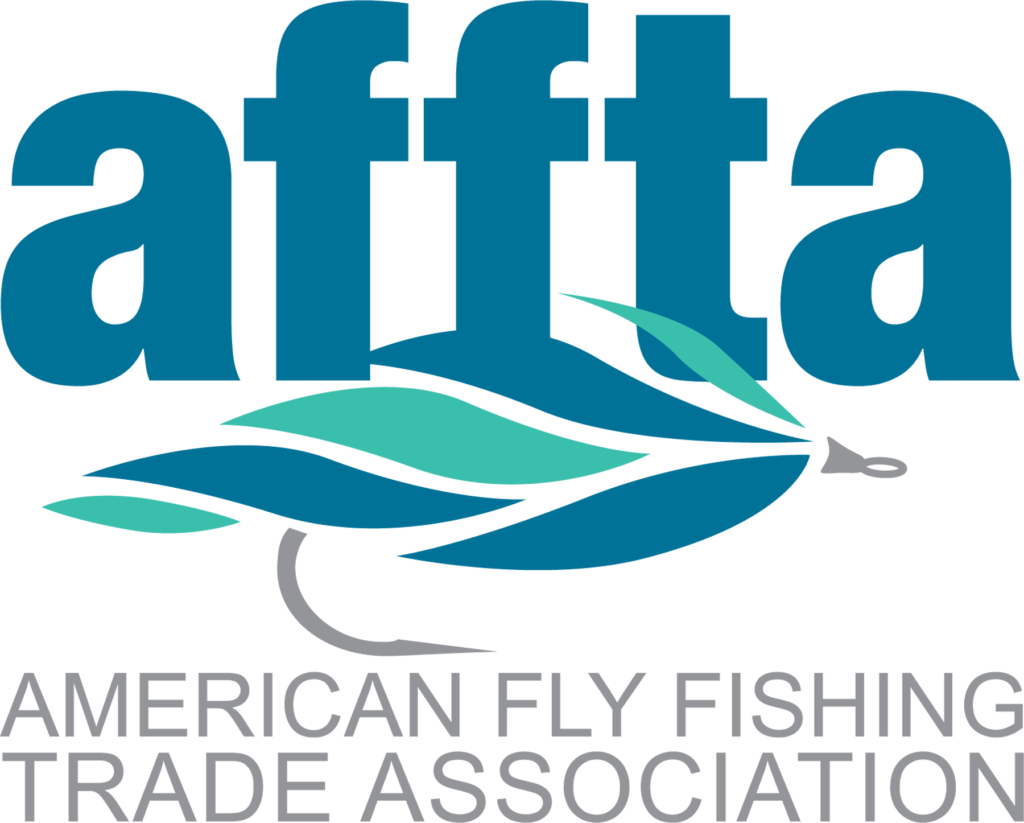Executive Action Impacts On Climate Resilient Fisheries
Hours after being sworn in as the 47th President of the United States, President Trump issued 46 “Presidential Actions” on Day 1 of his presidency, and the actions covered multiple federal agencies and a wide variety of topics. In total, there were 26 Executive Orders, 12 memorandums, and 4 proclamations. The President can use all three tools to influence federal policy without legislation. It’s important before learning more to understand the notable differences in how these actions shape policy: ● Proclamations are formal statements issued by the President to communicate information to the public or declare a significant event. The proclamations issued include flying the American flag at full-staff for the inauguration, granting pardons, and commuting the sentences of those involved in the January 6th, 2021 Capitol uprising. ● The President uses memorandums to direct actions of federal officials and agencies but does not require specific statutory or constitutional citations. One such memorandum includes returning to in-person work for all federal employees and terminating remote work. ● Executive Orders give direction to federal agencies related to managing the federal government's executive branch or how federal laws should be implemented. Executive Orders (E.O.s) have the force of law but cannot direct federal agencies to disregard or not implement laws. Doing so would be beyond the scope of the President’s authority. Because E.O.s are subject to judicial review, the legality and constitutionality of E.O.s can be challenged in federal court. Most of the notable executive actions related to climate change and climate resilient fisheries issued on Jan. 20th were Executive Orders. Executive Orders can do one of several things: ● Policy Implementation: E.O.’s can direct federal agencies to implement and enforce public policies in a certain way. ● Agency Operations: E.O.’s can direct federal agencies to make certain operational, structural, or personnel changes. ● Regulatory Changes: E.O.’s can impact federal regulations by directing agencies to implement, modify, or rescind past regulations. For Tomorrow’s FIsh campaign will actively be monitoring implications on AFFTA’s members following the Executive Orders from the first day of the new Administration: An angler walks through southeast Alaska’s Tongass National Forest, lands now potentially reopened to timber harvest and road construction/reconstruction once again after a first-day Executive Order from President Trump. Photo: Daniel RItz / For Tomorrow’s Fish. Unleashing Alaska’s Extraordinary Resources Potential ■ Alaska’s D1 Lands – the Executive Order reinstates the Public Land Orders issued by President Trump at the very end of his first term and revoked by President Biden. The Public Land Orders lift protections for the 28 million acres of D1 lands in Alaska, again opening them up to mineral extraction. ■ Tongass – the Executive Order pauses activities authorized by the Record of Decision and final rule entitled “Special Areas; Roadless Area Conservation; National Forest System Lands in Alaska,” which repealed the 2020 Alaska Roadless Rule that exempted the Tongass from the 2001 Roadless Area Rule. This could again open the Tongass to timber harvest and road construction/reconstruction. ■ Ambler Road—The Executive Order pauses activities related to implementing the Record of Decision (R.O.D.) on Amber Road, which blocked mining road construction through the Brooks Range and the Gates of the Arctic National Wildlife Refuge. The E.O. directs two reviews of the R.O.D. to address alleged legal deficiencies and conduct a new analysis. ■ Izembek Road – the Executive Order directs the expedited development of the Izembek Road, connecting King Cove and Cold Bay, Alaska, through the Izembek National Wildlife Refuge. ■ Arctic National Wildlife Refuge (ANWR) – Rescinds the cancellation of oil and gas leases in the ANWR and directs the initiation of additional oil and gas exploration in the Arctic. A Sacramento River Chinook salmon. Once bringing in more than $100 million to the state, the fishery will be affected by the Administration’s plan, which claims “would have allowed enormous amounts of water to flow from the snow melt and rainwater in rivers in Northern California to beneficial use in the Central Valley and Southern California. This catastrophic halt was allegedly in the protection of the Delta smelt and other species of fish. Today, this enormous water supply flows wastefully into the Pacific Ocean.” Photo: California Department of Fish and Wildlife. In the Memorandum titled “Putting People over Fish”,” President Trump directs the Secretaries of Commerce and Interior to route more water from California’s Sacramento-San Joaquin Delta to other parts of the state, notably, the southern part currently experiencing catastrophic wildfires. The "Putting People Over Fish" memorandum is a policy directive that focused on making it easier for specific industries, like commercial fishing, to bypass environmental regulations in favor of economic growth and job creation. The memorandum sometimes prioritizes human needs over environmental protection, particularly for industries like fishing, logging, and energy development. While the goal is to streamline economic development, several risks are associated with the policy, especially from an environmental and long-term sustainability perspective. Here are some of the key risks: The primary risk is the potential for significant environmental harm. The memorandum suggests relaxing certain regulations that were designed to protect ecosystems and fish populations. For example, protections under the Magnuson-Stevens Fishery Conservation and Management Act (MSA) and the Endangered Species Act (ESA) could be weakened, putting marine life, habitats, and ecosystems at risk. Overfishing, habitat destruction, and the decline of endangered species could result from fewer restrictions on fishing practices. The relaxation of environmental protections could lead to declines in biodiversity. Overfishing, in particular, threatens not only fish stocks but the entire marine food web. Without strict regulatory oversight, there is a risk of depleting vital fish populations and disrupting ecosystems, which could have cascading effects on other species that depend on them for food, such as marine mammals, seabirds, and even coastal communities that rely on these species for their livelihoods. While the policy aims to boost short-term economic gains, it could have negative consequences for long-term sustainability. Over-exploiting natural resources could lead to depletion, which would undermine the industries relying on them in the future. For example, collapsing fish stocks could lead to job losses in the fishing industry, damage to coastal economies, and negative effects on global food security. In summary, while the "Putting People Over Fish" memorandum was designed to support economic growth, particularly in industries like fishing, it poses significant risks to the environment, biodiversity, and long-term sustainability of both marine ecosystems and the industries that depend on them. Balancing economic interests with the need for climate resiliency through conservation is crucial for ensuring these resources remain available for future generations. Caption: Projected ocean bottom temperature change on the Northeast U.S. shelf after a doubling of global atmospheric CO2 in NOAA’s CM2.6., a study that indicated prior climate change projections for the Northwest Atlantic Shelf may be far too conservative and underestimate the amount of warming expected in the Northeast U.S. continental shelf ecosystem. Photo: NOAA. President Trump also rescinded 78 executive actions implemented by the Biden administration in his first executive action. Specifically, For Tomorrow’s Fish is monitoring the impacts of the following rescissions: ○ Executive Order 13990 of January 20, 2021 (Protecting Public Health and the Environment and Restoring Science To Tackle the Climate Crisis) ○ Executive Order 14008 of January 27, 2021 (Tackling the Climate Crisis at Home and Abroad) ○ Executive Order 14027 of May 7, 2021 (Establishment of the Climate Change Support Office). ○ Executive Order 14030 of May 20, 2021 (Climate-Related Financial Risk). ○ Executive Order 14082 of September 12, 2022 (Implementation of the Energy and Infrastructure Provisions of the Inflation Reduction Act of 2022). ○ Executive Order 14096 of April 21, 2023 (Revitalizing Our Nation’s Commitment to Environmental Justice for All). A sea-run cutthroat trout, caught and quickly released by the author off the coast of Washington. Fish like these cutthroat whose complex variety of life histories is crucial to their persistence face a challenging future as they experience fragmented habitats, conflicting management jurisdiction, and a diversity of life histories. Photo: Daniel RItz / For Tomorrow’s Fish. Just as he did during his first term, President Trump has continued efforts to roll back a range of environmental protections that are critical to maintaining healthy fisheries. President Trump's administration appears to be very focused on prioritizing economic growth, particularly in sectors like fossil fuels, agriculture, and commercial fishing. These policies might undermine long-term sustainability and make it harder for fisheries to build resilience against the impacts of climate change, such as changing ocean temperatures and acidification. One of the hallmarks of President Trump’s previous term was a reduction in funding for many climate resilience programs, including those related to fisheries. While it’s hard to predict specific budgets it’s likely that funding for programs aimed at addressing the impacts of climate change on fisheries—such as habitat restoration, sustainable fisheries management, and research on the impacts of ocean acidification—will continue to face cuts or redirection toward more seemingly - but not truly- industry-friendly initiatives. President Trump has often downplayed the urgency of addressing climate change, favoring policies that do not aggressively confront the issue. His administration’s reluctance to embrace climate action means that climate-related factors—such as rising sea levels, ocean warming, and increased intensity and frequency of storm activity—could continue to go unaddressed in policy decisions affecting fisheries. Without proactive policies mitigating climate change, fisheries remain more vulnerable to these long-term threats. The resilience of coastal fishing communities is closely tied to their ability to adapt to changing environmental conditions. President Trump's policies have often favored large-scale, industrial fishing interests rather than small-scale, local fishermen, which may reduce the support available for communities trying to navigate the challenges of climate change. With less emphasis on building community-based resilience or funding for local adaptation strategies, many small fishing communities may struggle to cope with the impacts of climate change. Since President Trump’s return to office in 2025, his approach to U.S. fisheries will likely continue to reduce climate resiliency and economic futures for AFFTA members. By rolling back, reducing funding for climate-related initiatives, and focusing on short-term economic growth, his policies could make U.S. fisheries more vulnerable to the impacts of climate change, limiting their ability to adapt and fuel industry prosperity for generations to come. To stay informed on these policies and many others that could impact AFFTA members, join the For Tomorrow’s Fish network that’s right for you by emailing Campaign Coordinator Daniel Ritz at Daniel.Ritz@AFFTA.org. 
Executive Action Impacts On Climate Resilient Fisheries
How Administration actions could reduce climate resiliency
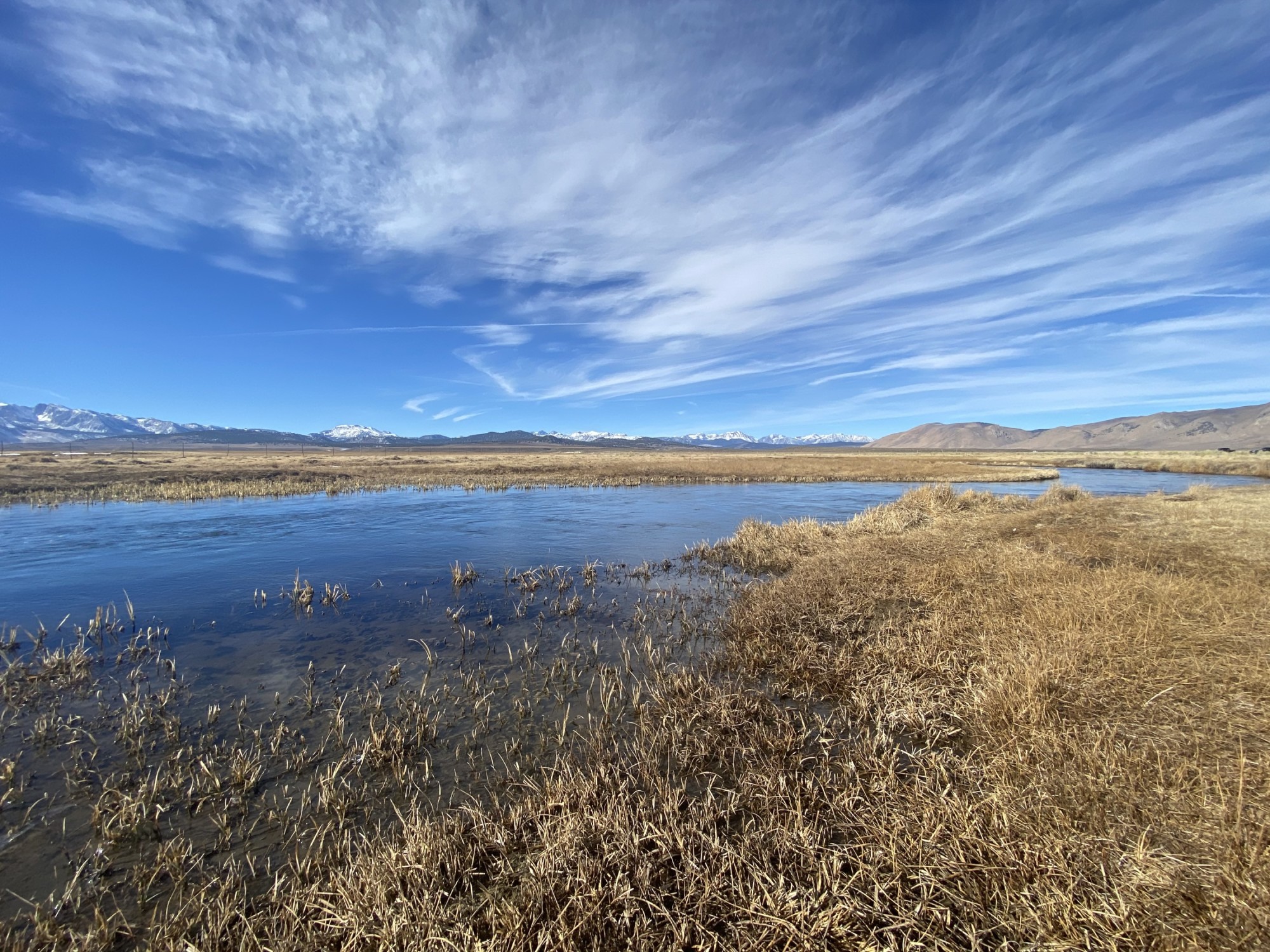
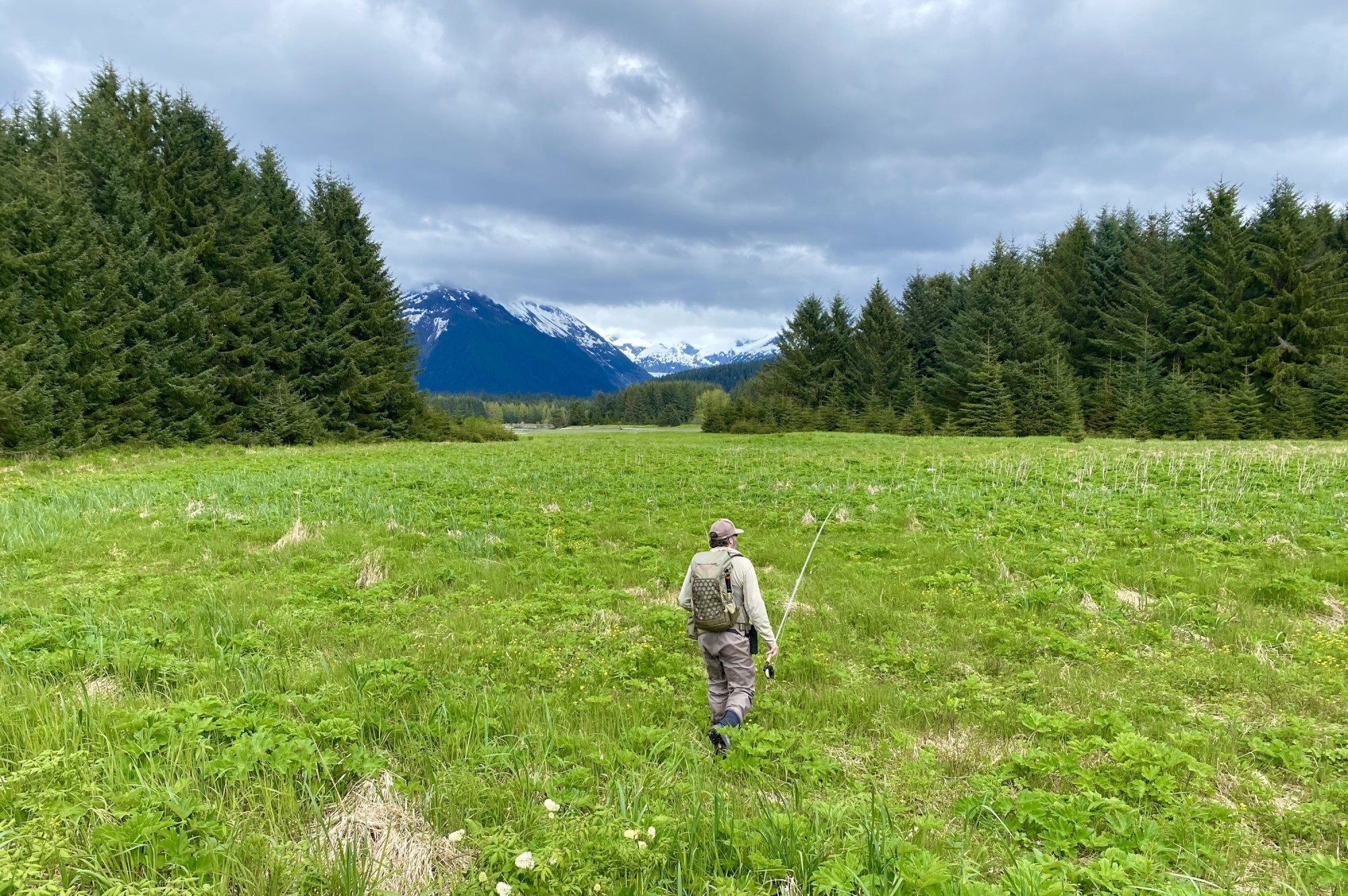

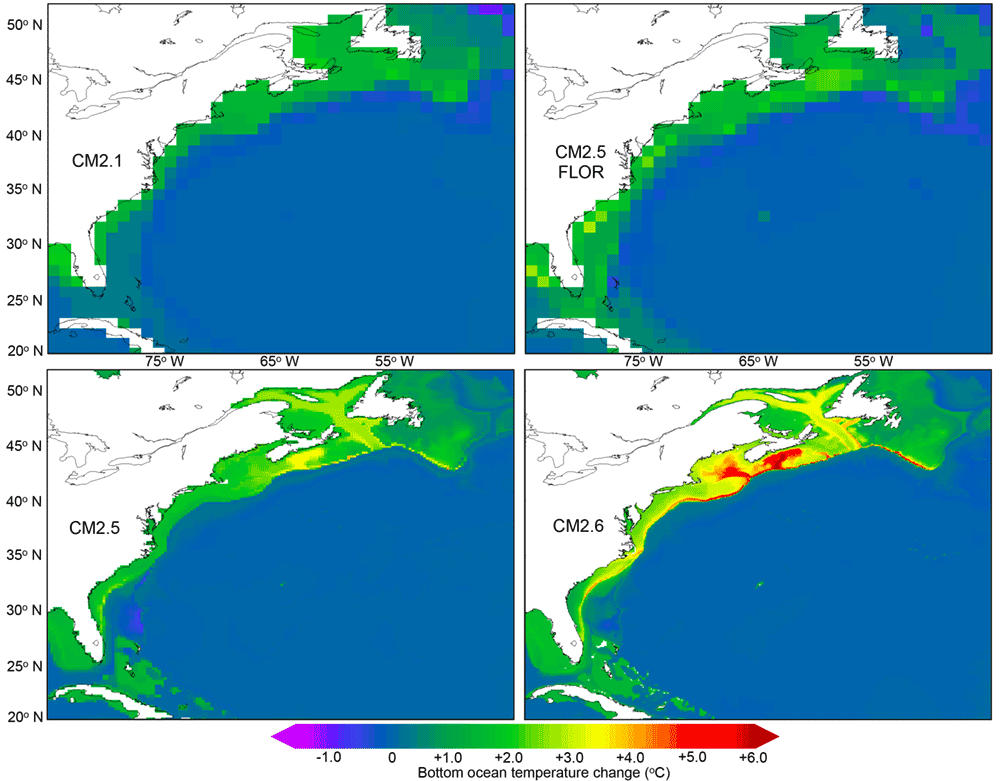

Images

